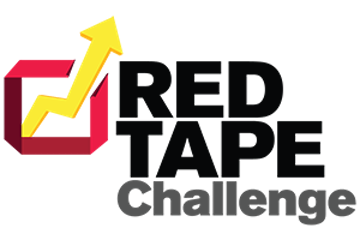Ontario government looks to remove red tape from food-processing regulations
The Ontario government is inviting businesses and the public to help identify and improve regulations within the food-processing sector that are “unclear, out-dated, redundant or unnecessarily costly.”
The initiative is part of the Wynne government’s Red Tape Challenge, a crowd-sourced platform that gives businesses and interested Ontarians the opportunity to review and suggest improvements to current regulations.
The government says that submissions received through the Red Tape Challenge will help lessen compliance burdens, shorten response times and make it easier for businesses to interact with government—without jeopardizing essential health and safety standards.
Food processing, beverages and tobacco contributed $12.1 billion to Ontario’s economy in 2015 (tobacco regulations are not included in the challenge). Andreas Kyprianou, senior media and communications advisor for the Ministry of Economic Development and Growth, says that the province has some of the “most stringent” food safety standards in North America.
“The protection of the public interest is a primary guiding principle that will be followed through the entire Red Tape Challenge process,” says Kyprianou. “We want to improve the way our regulations are delivered while safeguarding the overall public benefit.”
He said that research for the “Food Processing Red Tape Challenge” identified 171 regulations and statutes affecting companies operating in the food-processing sector. They span areas including food oversight, corporate and commercial law, employment and labour, environmental, food marketing, land use and planning, occupational health and safety and taxation and financial reporting.
Food & Consumer Products of Canada, whose members include major food producers such as Campbell Company of Canada, Clover Leaf, The KraftHeinz Company, McCain Foods and Nestle, has endorsed the challenge, saying that regulatory modernization is “essential to catalyzing the innovation and R&D” needed to growth the sector and help its companies compete in global markets.
Kyprianou says that the provincial government’s various burden reduction initiatives have saved Ontario businesses $122.3 million and 5.4 million hours since 2011, surpassing its stated objective of saving businesses $100 million by 2017.
The Red Tape Challenge is modelled on a U.K. program that saved U.K. businesses the equivalent of $1.5 billion in costs from changes to 3,000 regulations.
According to the Canadian Federation of Independent Business, it costs Ontario businesses $15 billion a year to comply with regulatory requirements at all levels of government.
“Regulatory review is key to building a dynamic business climate that will help Ontario businesses invest and grow, creating rewarding, high-paying jobs and a more prosperous economy,” Kyprianou says.
The provincial government is currently reviewing the comments and ideas submitted during a prior consultation on the auto parts manufacturing sector. “We are working with technical experts to analyze the ideas, prioritize the changes that will save businesses the most time and money, and research best practices in other locations,” says Kyprianou.
Government ministries will then create “action plans” addressing issues associated with the acts or regulations they oversee, devising alternatives to any recommendations that impact public safety.
Ministry plans will be presented to a newly created Regulatory Modernization Committee, which acts as an advisory body and challenge plans that fail to demonstrate significant improvements. Once the committee has signed off, the plans will be combined into a government-wide plan addressing red tape identified through the challenge.
This process will be repeated for six separate sectors, including food-processing, to create specific plans committed to reducing red tape.


